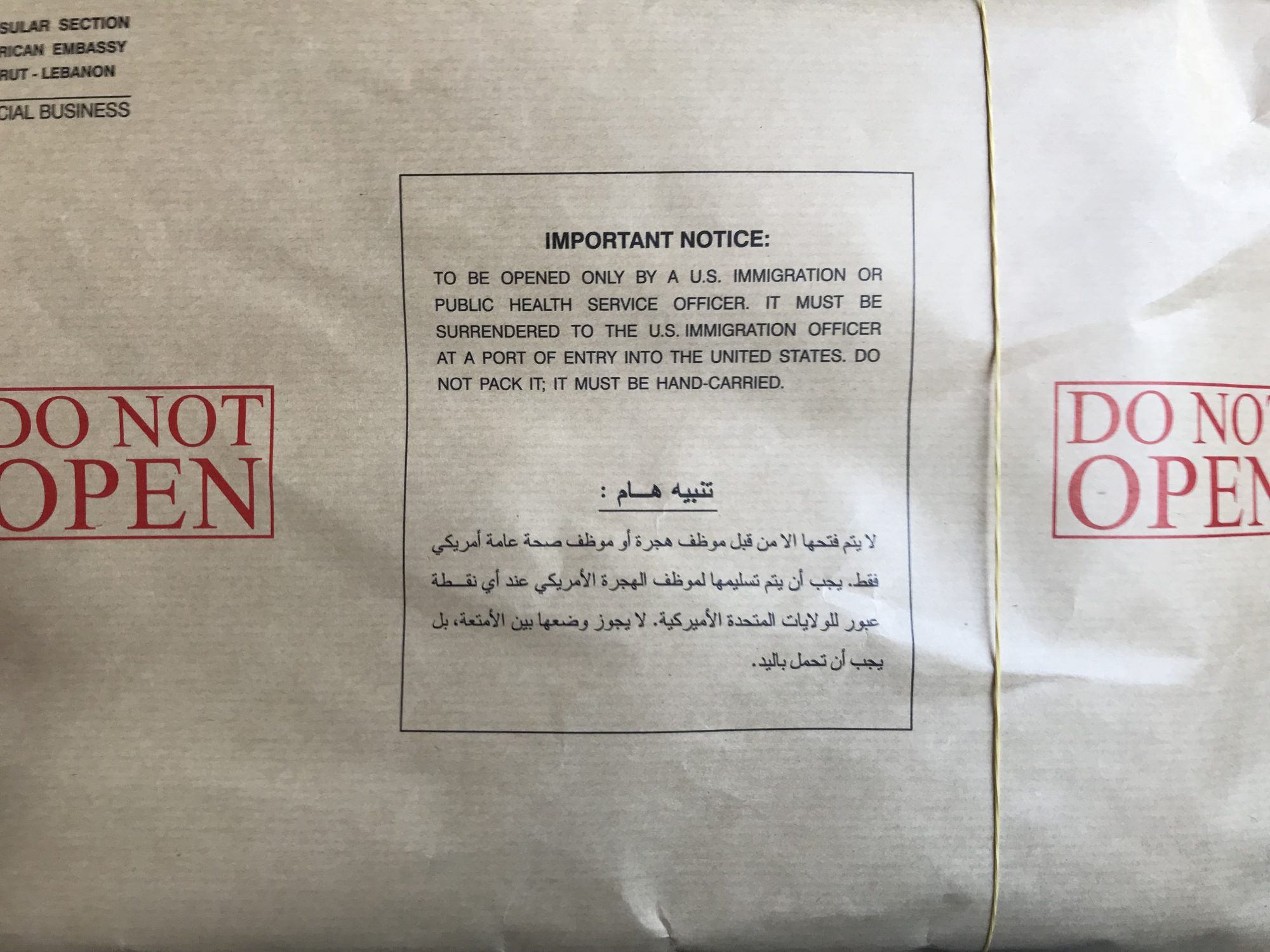I just got my scans back from @moodysfilm – I was worried the imposed airport x-ray might have ruined my rolls (first time flying with film), but, thankfully, it seems like we scraped through! These were some of the last shots I took on one of the last things we did on our last day there; they’re from the Japanese section of the Montreal Botanical Garden, where the Government of Japan was at pains to tell us that the bonsai is NOT a tortured plant.
I didn’t end up taking as much film photography as I’d planned; the extreme heat and the freak thunderstorm made carrying multiple cameras feel like a chore.
This particular angle from @habitat67montreal made an American on the tour with us, who’d been probably watching me snap away all morning, come up to me and say “yeah that’s a good shot.” I think I agree.
I love how nostalgic the Lomography Color 400 film makes it look. I’ll have a lot more from this awesome site later.
There’s a funny instance here of “the google effect” that I’d mentioned before as a very Francophone gripe against PageRank; if you search for “Montreal Botanical Garden” on Google.com, you’ll be delighted with beautiful visions of sumptuous “living sculptures,” that, at first glance, you’d think would be awaiting you and your lustful camera when you arrive. But this is fake news! As these were only here for one season many years ago. These artworks generated so much online literature that Google, the brood of vipers that it is, must rank highly by edict of algorithm. The gardens are still very pretty though…
I had a little photographic epiphany while walking through these gardens. Everything was so nice and pleasant, but whenever I thought to put my dinky Nikon point-and-shooter to my eye, I’d become hyper-aware of the strange uncanny valley of this place; it’s not exactly “real,” purposefully designed and cultivated as it is for our botanical delights, but not quite kitsch enough to have the charm that other, more ersatz places have, at least to my eyes. This feeling would only come to me though my photographic lens, as I was perfectly content to soak in the breeze blowing over the fishless water features otherwise. So, I started seeking out shots with people in them to compensate for that nagging feeling. This place was a spectacle and I needed proof of that, I guess.
This was the first time I leaned heavily on my Nikon Lite Touch point-and-shooter, and I’m pretty pleased with the results. There were only a couple of times when the autofocus or autoexposure felt a bit off, like in these two shots. Otherwise, it’s the perfect size for traveling and really encouraged me to take quick candid shots, despite how loudly the zoom mechanism can whirr (I actually find that sound so cute). It’s a joy to use and I think I’ll be taking it with me on travels more often.
I was reminded of Sontag’s On Photography in a conversation I had here yesterday. It seems like a few photographers who come to the book after practicing the craft end up feeling like they want to give up on it entirely; it was the other way around for me.
Why?
I think that photography, like many professional fields, like, say, engineering or architecture or graphic design, enculturate its practitioners in a form of heroic self-image based on expertise or achievement or social currency or utility – anything to numb the practitioner from the externalities that come with anything productive to capitalism.
Photography is a bourgeois practice; there is no denying this. Even when turned towards better ends, its methods are still entangled in systems of capture and control. Even if you were to lock yourself up in a box with only you and your camera, the very chips and chemicals will betray your guilt.
Too many of us today read words like these and feel a need to disentangle – to become washed by pure waters of some kind of baptism, some way, somehow. But the spoiler to this story is that there is no exit. It would do us so much better to carry our cross – to take on the critiques, to embrace the ambiguities, to integrate the shadows, and to be less than holy. There are no heroes on this side of the eschaton, only workers in the field.
